
Pressure Casting and Its Application in Radiator Manufacturing
2024-01-08 03:32
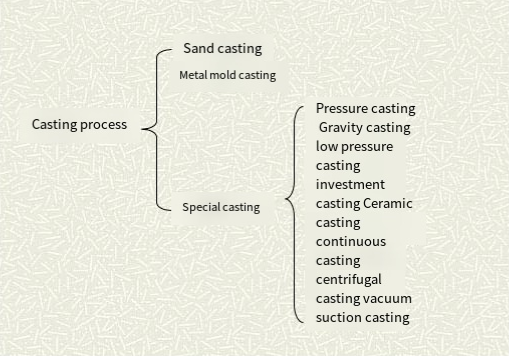
Pressure casting, commonly known as die-casting, is a specialized casting process. This process involves rapidly filling a die-casting mold cavity with liquid or semi-liquid metal under high pressure. The metal then forms and solidifies under this pressure, resulting in the production of castings.
Die-casting is extensively used in manufacturing radiators, particularly those made from aluminum alloys. These aluminum alloy die-cast radiators are prevalent in heat dissipation bases, backplates, fins, and even in the casings of various electronic equipment.
01: Why Opt for Die Casting in Radiator Production?
Let's explore this from multiple perspectives:
Extensive Use of Aluminum Alloy Materials
Extensive Use of Aluminum Alloy Materials
Aluminum is renowned for its exceptional thermal conductivity, with aluminum radiators boasting a thermal conductivity of 237 W/m·K. It demonstrates high pressure resistance and robust metal thermal strength. National Testing Center assessments reveal its metal thermal intensity to be 2.27 W/kg·°C. Aluminum radiators excel in their heat capacity, rapid heat dissipation, and efficiency. Moreover, aluminum's lighter weight compared to copper, coupled with its marginally inferior thermal conductivity but significantly lower density, makes aluminum radiators not only lightweight but also more cost-effective.
Advantages of the Die-Casting Process
While extrusion molding is known for producing products with fixed cross-sections, its process limitations mean that many complex features necessitate post-processing CNC (Computer Numerical Control) machining. This results not only in increased processing time but also in material wastage.
In contrast, the die-casting process leverages the fluidity of molten material to create various complex shapes, such as beam extensions, pillars, densely holed heat dissipation teeth, and multi-stepped bosses. This method is more efficient than CNC technology, significantly reducing processing time and material usage.
Most specialized features can be directly achieved through die-casting. For parts requiring high precision, CNC finishing can be employed as a final step.
02: Examples of Die-Cast Shells and Die-Cast Radiator Products
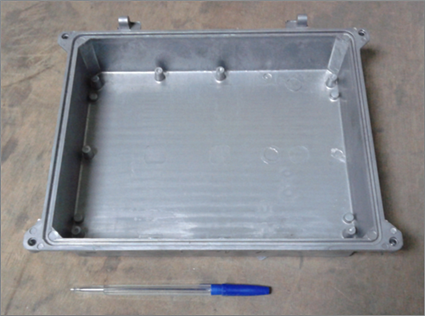
Device cavity

Device cavity
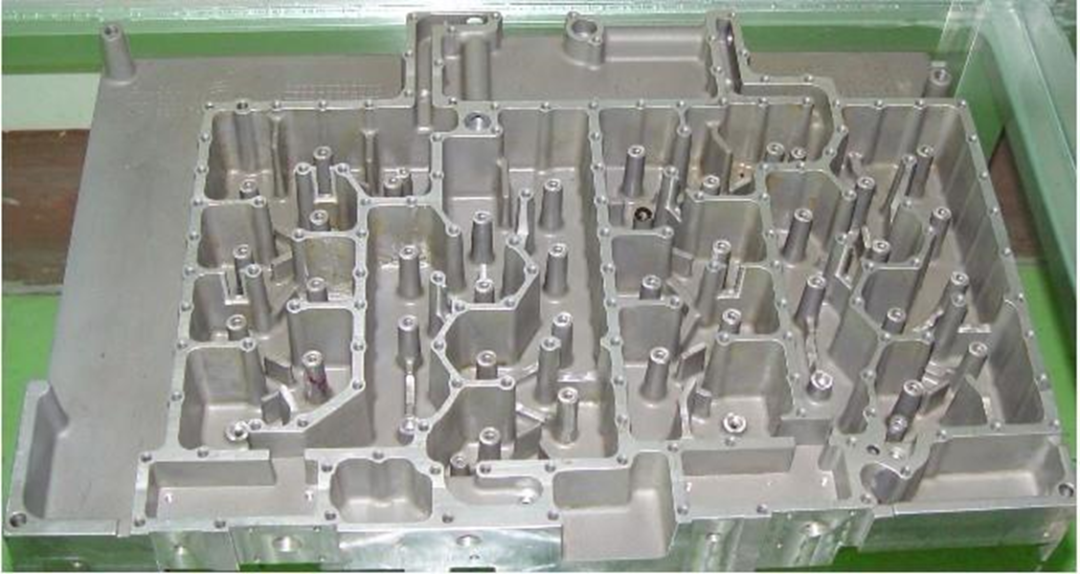
Filter housing
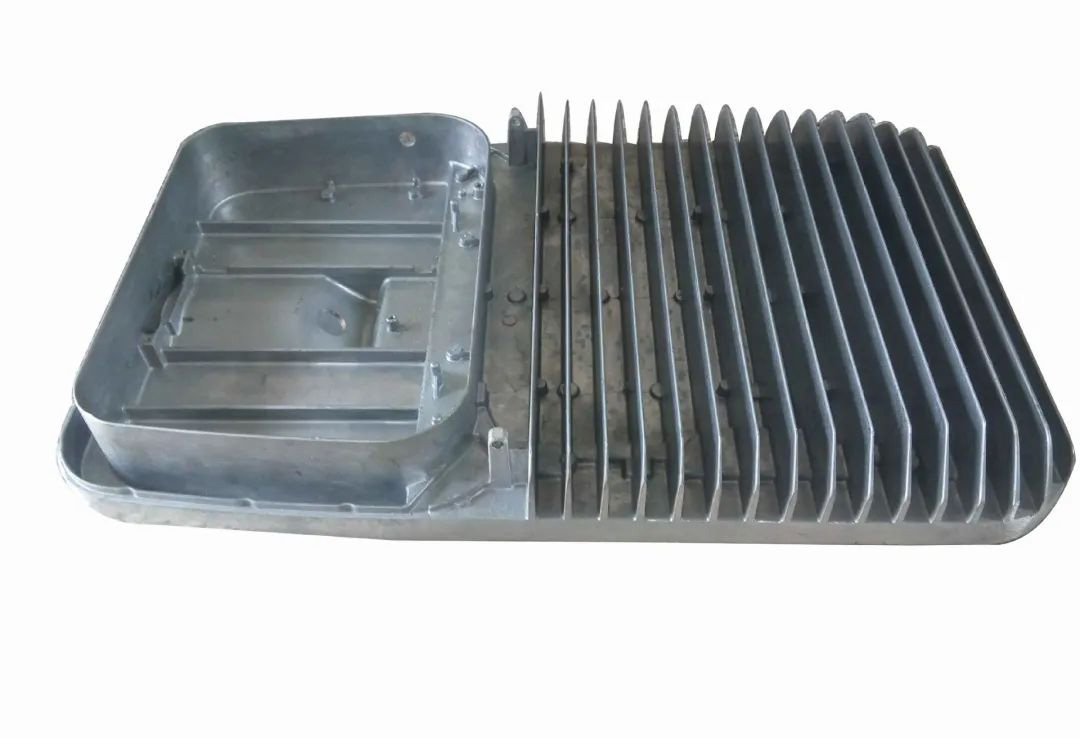
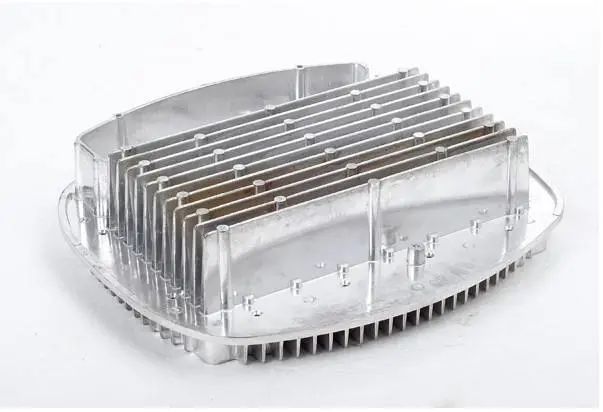
LED aluminum lamp shade radiator

LED radiator
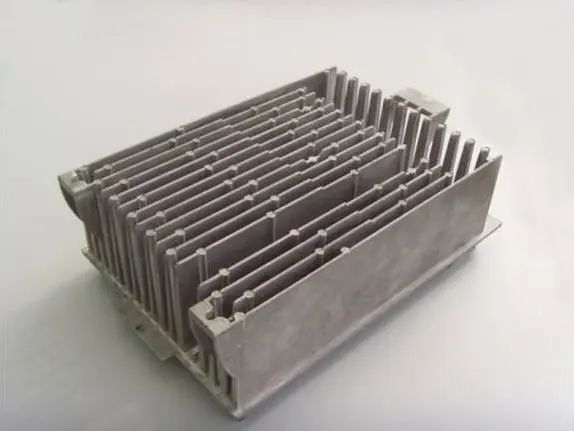
radiator
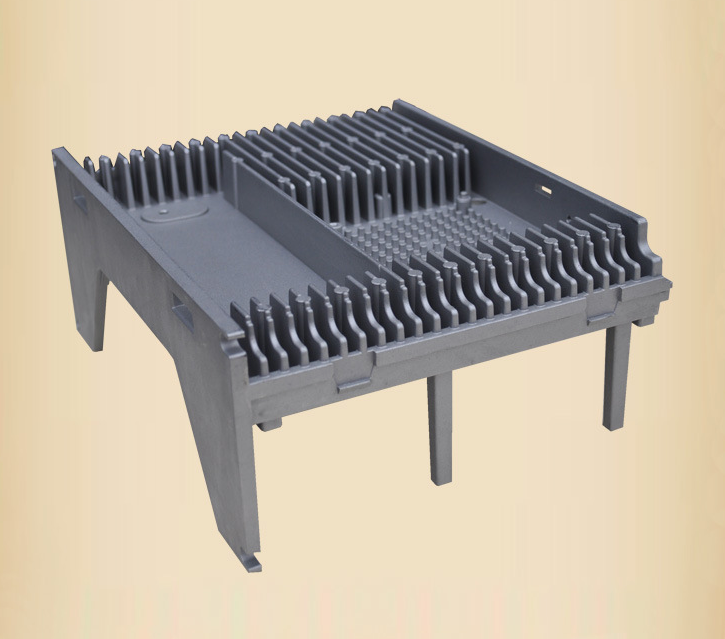
Servo motor control system
Get the latest price? We will reply as soon as possible (within 12 hours)
